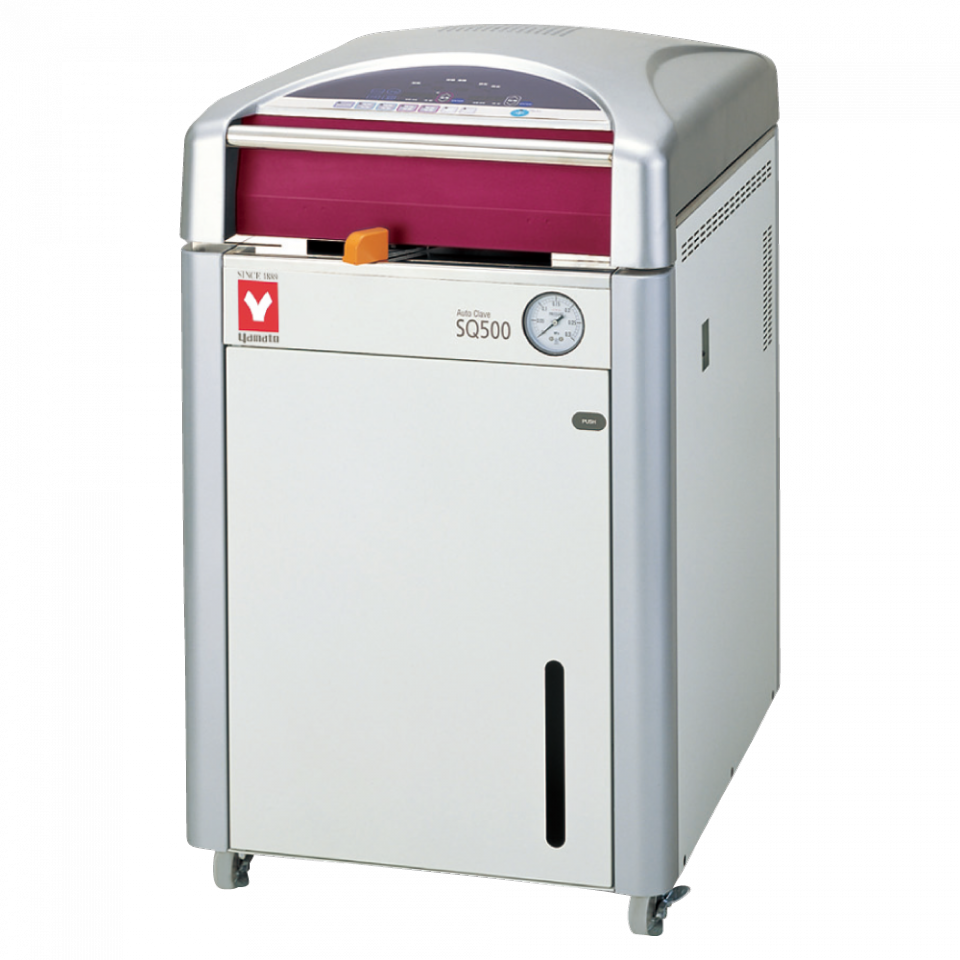Difference Between Dry Heat and Steam Sterilization for Laboratories
Posted by Maxi Scientific on Jun 24th 2024
Sterilization is a critical process in numerous industries, including medical, pharmaceutical, biotechnology, and food production. Lab sterilizers serve as essential tools in this process, offering two primary methods of sterilization: dry heat and steam heat.
Dry Heat Sterilization:
- Operating Principle:
- Uses heating elements to generate dry heat
- Maintains chamber temperature between 160-180°C (320-356°F)
- Typical cycle time is about two hours
- Can use higher temperatures for faster sterilization:
- 190°C (374°F) for 6 minutes
- 200°C (392°F) for 30 seconds
- Mechanism of Action:
- Causes denaturation of proteins in microorganisms
- Effective against bacterial spores, fungi, viruses, and prions
- Achieves sterilization through oxidation
- Applications:
- Ideal for metals, powders sensitive to moisture, anhydrous oils and fats
- Suitable for glassware, paper-wrapped items, and intricate surgical tools
- Types of Dry Heat Sterilizers:
a. Static Air:
- Uses gravity convection
- Slower to reach desired temperature
- Less consistent temperature distribution b. Forced Air:
- Uses internal fans for air circulation
- Achieves more consistent temperature throughout the chamber
- Better heat load homogeneity
- Advantages:
- Effective against organisms resistant to steam heat
- Deep penetration into thick objects and packaging
- Non-corrosive to metals
- Lower initial cost and maintenance
- No toxic residues
- Quick cooling post-cycle
- Disadvantages:
- Longer cycle times
- Higher energy consumption
- Not suitable for heat-sensitive or flammable materials
Steam Heat Sterilization:
- Operating Principle:
- Uses pressurized steam in an autoclave
- Typical conditions: 121-134°C (250-273°F) for 3-15 minutes at 103-110 kPa (15-16 PSI)
- Mechanism of Action:
- Subjects microorganisms to high-temperature steam
- Causes hydrolysis and coagulation of proteins
- Applications:
- Suitable for heat-resistant materials like rubber, metals, and durable plastics
- Effective for sterilizing liquids and flammable materials
- Advantages:
- Shorter cycle times (minutes vs. hours)
- Lower energy consumption
- Effective penetration of dense samples and wrapped items
- Gentler on heat-sensitive materials
- Disadvantages:
- Less effective against certain prions and heat-resistant spores
- Not suitable for moisture-sensitive materials
- Higher initial costs and maintenance requirements
Choosing the Right Lab Oven:
When selecting a lab oven, consider the following factors:
- Size and volume requirements
- Temperature range and uniformity needs
- Airflow characteristics
- Energy efficiency
- Ease of cleaning and maintenance
- Safety features and reliability
- Industry-specific standards and regulations
- Budget constraints
- Cool-down times
- Interior construction materials
- Heat-up rates and soak times
- Batch vs. continuous processing capabilities
Both dry heat and steam heat sterilization methods play vital roles in various industries. The choice between them depends on the specific materials being sterilized, the requirements of the application, and long-term operational considerations. While dry heat sterilizers often have lower initial costs, steam heat sterilizers can offer long-term efficiency benefits and faster processing times.
Need any more help? Contact clientservices@maxisci.com or your rep!

